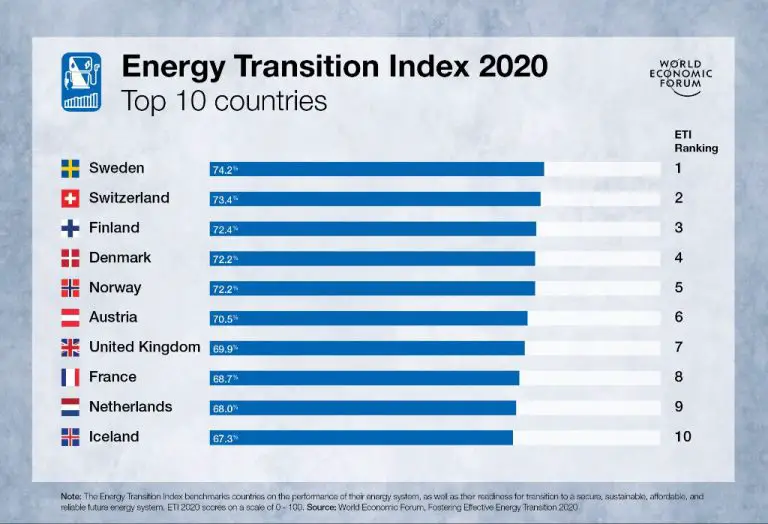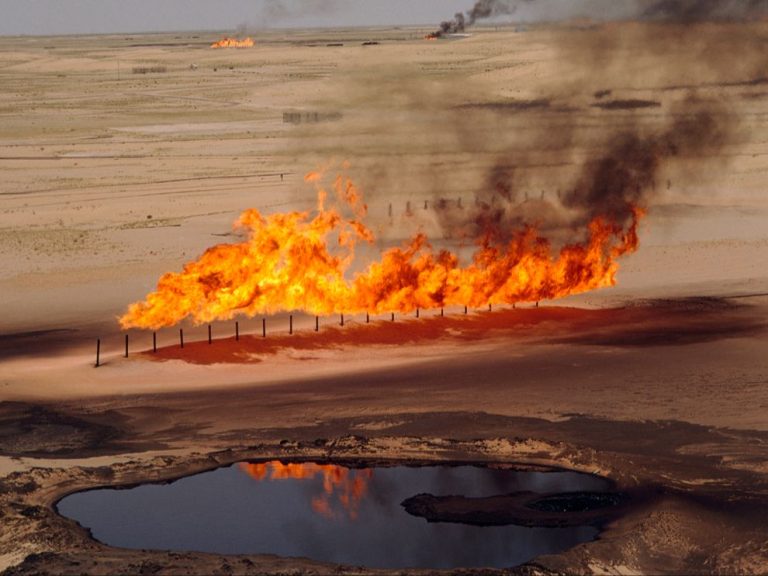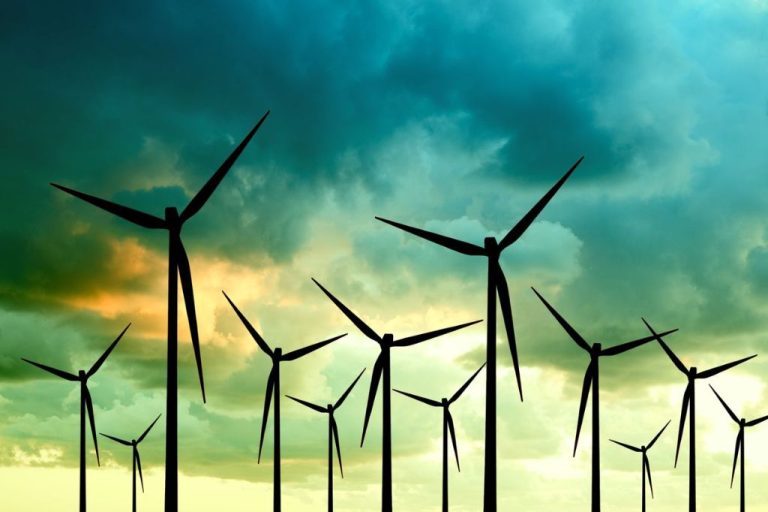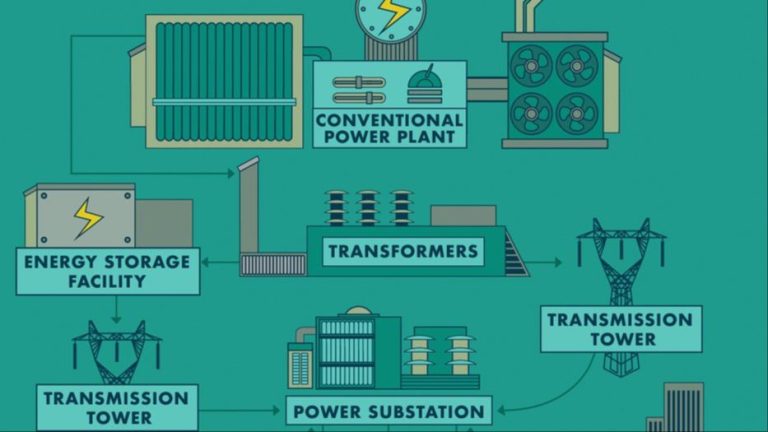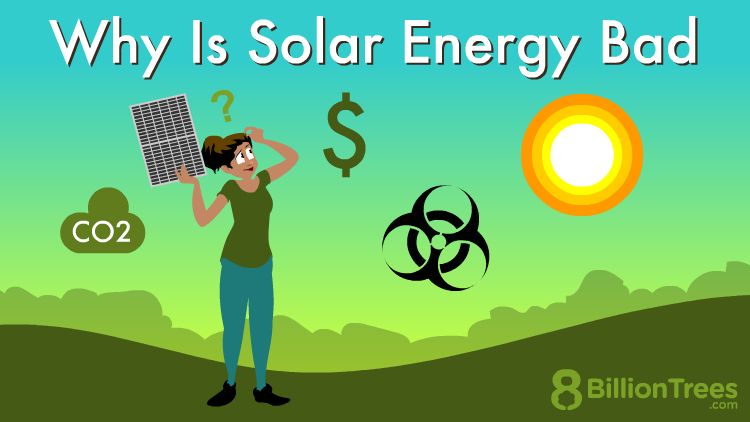Is Nuclear Power Considered Clean Energy?
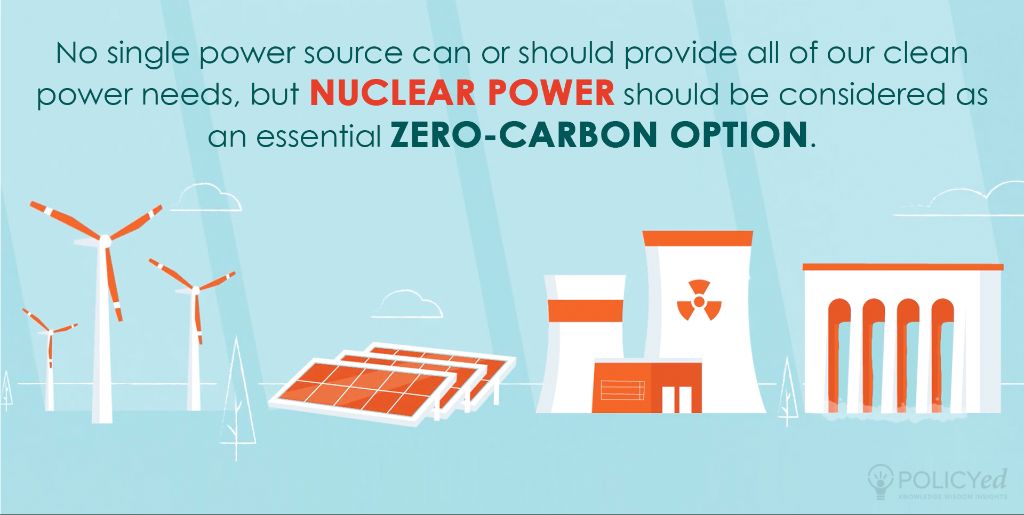
Nuclear power has emerged as a controversial energy source that splits opinion on whether it should be considered a “clean” form of energy. Proponents argue that nuclear energy does not produce air pollution or carbon emissions like fossil fuels, making it a viable solution to combat climate change. However, nuclear power also raises serious concerns about safety risks, nuclear accidents, and the disposal of radioactive waste. This debate centers around whether the benefits of nuclear power as a low-carbon energy source outweigh the potential downsides regarding waste, security, and accidents. This article examines the pros and cons of nuclear power and the debate around whether it can truly be classified as “clean” energy.
Background on Nuclear Power
Nuclear power plants work by using the heat generated from nuclear fission to convert water into steam, which spins a turbine to produce electricity. The main element used in nuclear fission is uranium. In a nuclear reactor, uranium atoms are split apart, which releases a large amount of energy in the form of heat and radiation. Controlled nuclear fission reactions can be carried out in nuclear power plants to boil water into steam and drive electricity-generating turbines https://www.in.gov/oed/resources-and-information-center/about-indiana-resources/energy-fuels/fuel-facts-nuclear-power/.
The uranium fuel in nuclear reactors undergoes fission when bombarded by neutrons, splitting the uranium atoms and releasing energy. Each fission reaction releases more neutrons, which leads to a chain reaction as more uranium atoms split apart. Nuclear power plants control and sustain this nuclear chain reaction to produce a steady supply of heat used to generate steam and electricity https://www.iaea.org/bulletin/what-is-the-clean-energy-transition-and-how-does-nuclear-power-fit-in.
Nuclear Power as Clean Energy
Nuclear power is often considered a clean energy source because it emits no greenhouse gases during operations. Nuclear fission produces heat through a controlled chain reaction, which is then used to boil water into steam that spins a turbine to generate electricity. This process does not combust fossil fuels and does not produce carbon dioxide or other greenhouse gas emissions.
Compared to fossil fuel power plants like coal, natural gas, and oil, nuclear reactors emit zero emissions during normal operations that contribute to climate change. According to the United Nations Intergovernmental Panel on Climate Change (IPCC), the lifecycle emissions from nuclear power range from 2-180g of CO2 equivalent per kWh. The lifecycle includes uranium mining, enrichment, plant construction and decommissioning. This is similar to renewable energy sources like wind (7-124g CO2e/kWh) and solar (6-181g CO2e/kWh).
Nuclear energy also has a much higher energy density than other power sources. One uranium fuel pellet the size of an adult’s fingertip contains the same amount of energy as 1 ton of coal. Because of this high energy density, nuclear plants require far less raw material to produce enormous amounts of electricity compared to fossil fuel plants.
For these reasons, nuclear power is considered a clean energy source that can help combat climate change by displacing fossil fuel electricity generation in many countries around the world.
Nuclear Energy Safety Concerns
One of the biggest concerns surrounding nuclear power is the risk of accidents that can lead to radiation leaks or meltdowns. Major nuclear accidents like Chernobyl in 1986 and Fukushima in 2011 have drawn attention to the potentially catastrophic impacts of such disasters and cast doubt on the overall safety of nuclear technology.
The Chernobyl accident in the former Soviet Union was caused by a flawed reactor design and human error, leading to an explosion and widespread radioactive contamination. As noted in a Pacific Gas and Electric Co. v. State Energy Resources Conservation case, the Chernobyl disaster “illustrates the dangers of nuclear technology” and heightened concerns about nuclear energy’s safety risks (https://via.library.depaul.edu/cgi/viewcontent.cgi?referer=&httpsredir=1&article=2240&context=law-review).
Similarly, the Fukushima nuclear accident in Japan was triggered by a major earthquake and tsunami, resulting in three nuclear meltdowns, hydrogen explosions, and significant radiation leakage. As discussed in a report from the Institute for Global Environmental Strategies, the Fukushima disaster “revealed the vulnerability of nuclear power plants to natural disasters” and reignited debates about the costs and risks of nuclear energy (https://www.iges.or.jp/jp/pub/renewable-energy-substitute-nuclear-energy/en).
While complex safety systems are in place to prevent accidents, nuclear power plants must contend with human errors, mechanical failures, natural disasters, and other risks. Supporters argue the probability of major accidents is very low given improved designs and safeguards. However, the potential consequences of even relatively rare events may give pause to some when evaluating nuclear energy.
Nuclear Waste Disposal Issues
One of the key challenges with nuclear power is dealing with the long-lived radioactive waste it produces. Nuclear reactors generate spent fuel rods that are highly radioactive and remain dangerous for thousands of years (Murray, 1982). Safely storing and disposing of this waste is difficult.
Most nuclear waste today is stored on-site at power plants in spent fuel pools or dry cask storage. But this is seen as a temporary solution. Various long-term underground storage options have been proposed, but most countries have yet to implement a permanent disposal site for nuclear waste (OTA, 1995).
The lack of a clear solution for permanently disposing of nuclear waste contributes to public concerns about nuclear power. There are risks that radioactive contamination could occur in the future if waste leaks from storage sites (Burness, 1981). Developing safe, permanent disposal sites for nuclear waste remains an important challenge.
Cost of Nuclear Power
The cost of nuclear power plants is significantly higher upfront compared to other power generation technologies, according to The Economics of Nuclear Power from the World Nuclear Organization. Building a new nuclear plant requires high capital costs to cover engineering, construction, financing and other costs during the long construction timeline. Nuclear plants can take 5-10 years to complete, with costs estimated between $6-9 billion for a 1,000 MW plant.
However, fuel costs are relatively low for nuclear power. According to the Union of Concerned Scientists’ report The Cost of Nuclear Power, nuclear has lower operational costs than fossil fuel plants. The fuel costs represent about 28% of the total life cycle cost of nuclear plants. Uranium fuel is inexpensive and a small component of the total cost, whereas fossil fuels like coal and gas are a much higher operational expense.
Regulation and Oversight
Nuclear power plants and materials are subject to strict regulations and oversight in the United States and internationally. The main regulatory body in the U.S. is the Nuclear Regulatory Commission (NRC), which was established by the Energy Reorganization Act of 1974 to oversee the civilian use of nuclear power. The NRC is responsible for licensing and regulating nuclear reactors as well as materials and waste facilities. All aspects of nuclear plants, including siting, design, construction, operation and security are closely regulated by the NRC.
Internationally, the International Atomic Energy Agency (IAEA) plays a key role in providing oversight and promoting high standards for nuclear safety and security. The IAEA sets international guidelines and best practices for nuclear regulation that many countries adopt. They also conduct routine safety reviews and audits of nuclear facilities and provide training support. The IAEA was instrumental in establishing the Convention on Nuclear Safety, an international legally binding treaty that seeks to achieve and maintain a high level of nuclear safety worldwide.
There have been renewed calls recently for strengthening nuclear oversight in the U.S., including through proposed legislation like the Advancing Nuclear Regulatory Oversight Act introduced in November 2023. This bill directs the NRC to report to Congress on ways to improve regulatory practices and oversight of nuclear power plants.
Comparison to Renewables
When comparing nuclear power to renewable energy sources like solar, wind, and hydro power, there are some key differences in terms of environmental impact, safety, cost, and scalability. Some of the main pros and cons of nuclear versus renewables include:
Pros of nuclear:
- Reliable baseload power not dependent on weather conditions like solar and wind.
- Smaller physical footprint than renewables to generate equivalent amounts of electricity.
- Low carbon emissions, on par with renewable sources.
Cons of nuclear:
- High upfront capital costs for new plants.
- Long construction times of 5-10 years for new plants.
- Produces radioactive waste requiring long-term storage solutions.
- Public concerns over potential accidents and radioactive contamination.
Pros of renewables:
- Lower upfront costs than nuclear plants.
- Faster construction times measured in months rather than years.
- High public support compared to nuclear.
- No radioactive waste or fuel transportation/storage issues.
Cons of renewables:
- Intermittent power supply dependent on weather conditions.
- Large land footprint required for equivalent generation capacity.
- Storage is required to smooth out intermittent supply.
- Transmission capacity needs to be built out to move power from source to demand centers.
While no energy source is perfect, most experts agree that a diverse mix of sources including nuclear, renewables, and possibly natural gas will be needed to fully decarbonize the electricity grid. Nuclear and renewables both have advantages and disadvantages that allow them to complement each other if deployed properly.
Public Opinion
Public opinion on nuclear power has ebbed and flowed over the decades. In the 1970s, anti-nuclear sentiment grew amid environmental activism and high-profile nuclear accidents like Three Mile Island. But support for nuclear rebounded in the 2000s as concerns grew over meeting energy demand and curbing greenhouse gas emissions from fossil fuels. According to a 2014 poll by Morning Consult, 59% of Americans supported using nuclear power as an energy source. However, the Fukushima nuclear disaster in 2011 reignited safety fears, especially in Japan. Research shows the disaster negatively impacted Japanese public opinion on nuclear power.
Today the public remains divided over the risks and benefits of nuclear energy. Supporters point to nuclear’s low-carbon electricity as vital for climate goals. But critics argue the safety risks and radioactive waste outweigh the benefits. Polls continue to show persisting concerns over nuclear accidents and lack of permanent storage for spent nuclear fuel.
Conclusion
In reviewing the pros and cons, nuclear power does provide a reliable energy source that produces zero greenhouse gas emissions while in operation. However, there are significant safety and waste disposal concerns, as well as high costs and long construction times compared to some renewable energy sources. Public opinion on nuclear power remains divided.
Overall, nuclear power could potentially serve as part of a diverse clean energy mix along with renewables like solar and wind power, but it also comes with tradeoffs. Nuclear by itself does not appear to be an outright solution for clean energy goals, but rather one option that requires careful consideration of all factors ― costs, regulations, waste management, and safety procedures. Any use of nuclear power would need responsible oversight and protocols to ensure its benefits are maximized while risks are minimized.

